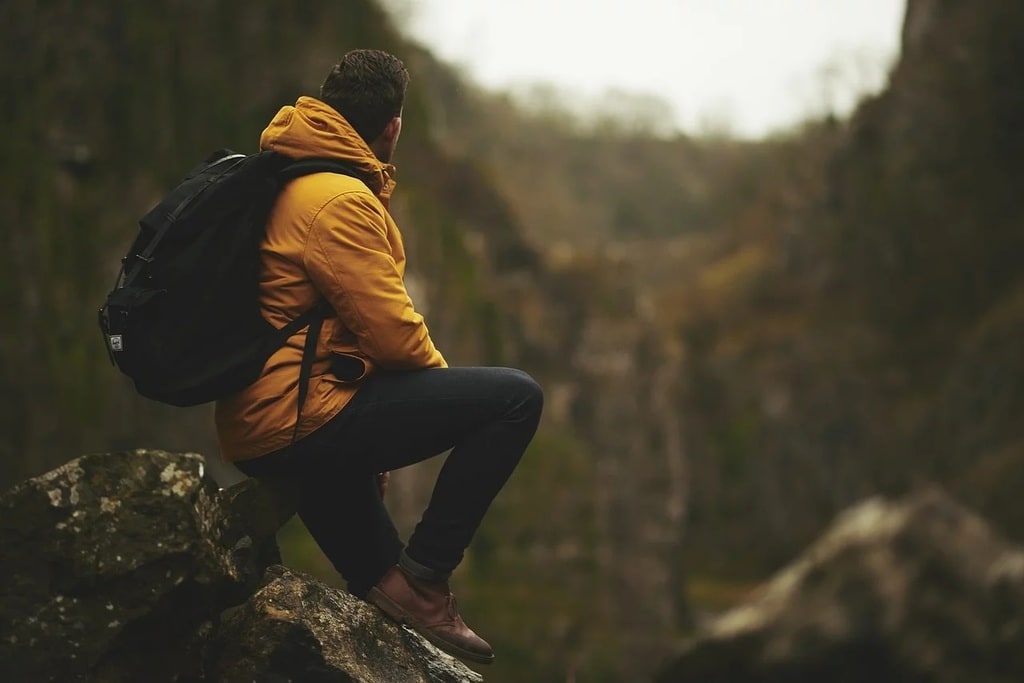Embarking on an outdoor adventure is a thrilling and rewarding experience, but having the right gear is essential for comfort, safety, and enjoyment. Whether you’re hiking, camping, or engaging in water sports, the right equipment can make all the difference. This article explores the top gear you should consider for your next outdoor excursion, ensuring you’re well-prepared for whatever nature throws your way.
Essential Gear for Your Next Outdoor Adventure
When planning an outdoor adventure, the essentials start with clothing and shelter. Dressing in layers is vital as it allows you to adapt to changing weather conditions. A good base layer should wick moisture away from your body, a middle layer should insulate, and an outer layer should protect you from wind and rain. Look for clothing made from synthetic materials or merino wool, which are excellent for managing moisture and providing warmth.
Another critical item is a reliable tent. When selecting a tent, consider the climate and terrain of your destination. A three-season tent is suitable for most conditions, offering a balance of weight, durability, and protection from the elements. Don’t forget a comfortable sleeping bag rated for the temperatures you’ll encounter and a lightweight, compact sleeping pad to ensure a good night’s rest.

Footwear and Navigation
Proper footwear is essential for any outdoor activity. Hiking boots or shoes should provide good ankle support, have a solid grip, and be waterproof to handle muddy trails and unexpected weather. For those planning to cross rivers or hike in wet conditions, quick-drying water shoes can be a lifesaver.
Navigation tools are just as important. A topographic map and a reliable compass are fundamental, but in today’s digital age, a GPS device or a smartphone with offline maps can offer additional security. Remember to pack extra batteries or a portable charger to keep your devices powered.
Hydration and Nutrition
Staying hydrated and well-nourished is crucial when engaging in physical activities outdoors. A hydration system, such as a water bladder with a drinking tube, allows for easy access to water while on the move. Water purification tablets or a portable water filter can ensure you have access to clean water, even in remote areas.
When it comes to nutrition, energy-dense snacks like nuts, dried fruit, and energy bars provide a quick boost. For longer trips, consider a lightweight camp stove and dehydrated meals that are easy to prepare and pack.
Safety and First Aid
Safety should always be a top priority. A well-stocked first aid kit is a must-have, with supplies to treat blisters, cuts, and other minor injuries. Include bandages, antiseptic wipes, pain relievers, and any personal medications. Knowing how to use these items is equally important, so consider taking a basic first aid course before your trip.
A multi-tool or a knife can be incredibly versatile for a range of tasks, from preparing food to making repairs. Headlamps or handheld flashlights with extra batteries are essential for navigating in low-light conditions and setting up camp after dark.
Here’s a quick checklist to help you prepare:
- Layered clothing (base, middle, and outer layers)
- Three-season tent
- Sleeping bag and sleeping pad
- Hiking boots and water shoes
- Topographic map and compass
- GPS device or smartphone with offline maps
- Hydration system and water purification method
- Energy-dense snacks and camp stove with dehydrated meals
- First aid kit with personal medications
- Multi-tool or knife
- Headlamp or flashlight with extra batteries
Additional Gear for Specific Activities
Depending on your planned activities, additional gear may be necessary. For water-based adventures, a dry bag can protect your belongings from getting wet. Personal flotation devices (PFDs) are essential for kayaking or canoeing to ensure safety on the water.
For those venturing into snowy or icy conditions, crampons and an ice axe provide the necessary traction and stability. Trekking poles can also help maintain balance and reduce strain on your legs during long hikes.
Comfort and Convenience Items
While the basics are crucial, a few comfort and convenience items can significantly enhance your outdoor experience. A lightweight camping chair or stool offers a comfortable place to sit after a long day of hiking. A portable solar charger can keep your electronic devices powered without relying on batteries.
Entertainment is also important during downtime. A good book, a deck of cards, or a travel-sized board game can provide hours of enjoyment. Binoculars are great for wildlife spotting and enhancing your appreciation of the natural surroundings.
Preparation and Maintenance
Proper preparation and maintenance of your gear can extend its life and ensure it performs well when needed. Before heading out, test all your equipment to make sure everything works correctly. Set up your tent, check your stove, and try out your water filter. This practice helps identify any issues before you’re in the field.
Regular cleaning and proper storage of your gear after each trip are also essential. Dry out your tent, clean your sleeping bag, and check for any damage that needs repair. These steps ensure your equipment is ready for your next adventure.
By choosing the right gear and preparing thoroughly, your outdoor adventures can be safer, more comfortable, and more enjoyable. Investing in quality equipment tailored to your specific activities and needs will pay off in unforgettable experiences and lasting memories. Whether you’re a seasoned adventurer or a beginner, having the right tools at your disposal is the key to making the most of your time in nature.
